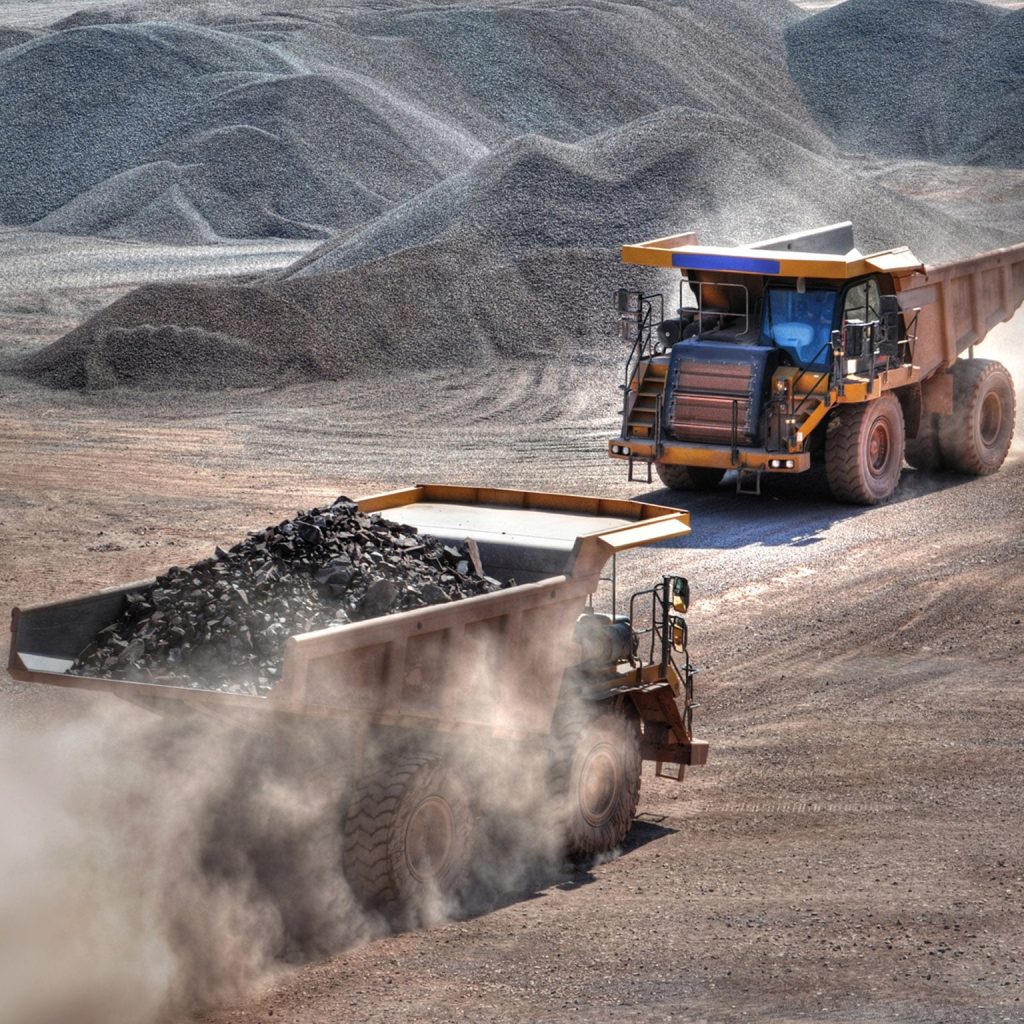The global mining industry is changing minerals that drove mining activity and profits are slowly being eclipsed by the emergence of a new class of resources, PWC reports. The pursuit of net zero emissions has altered the global mining industry which is increasingly leaning towards the production of minerals used in renewable energy and away
[elementor-template id="94265"]
